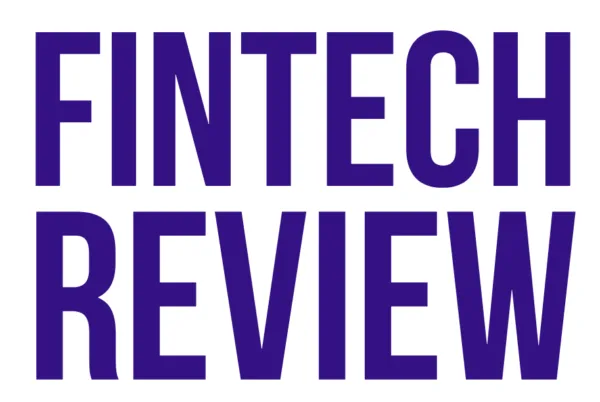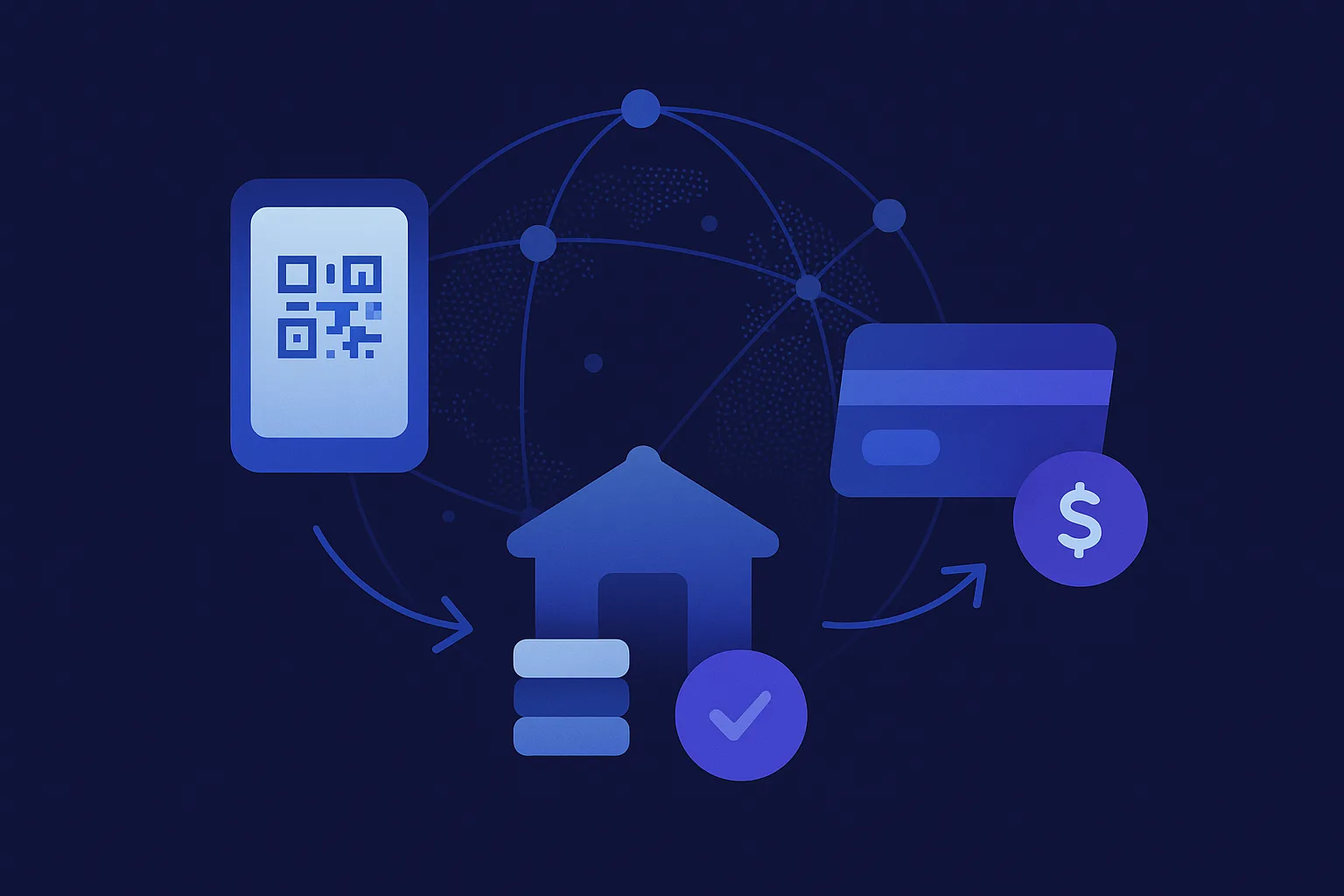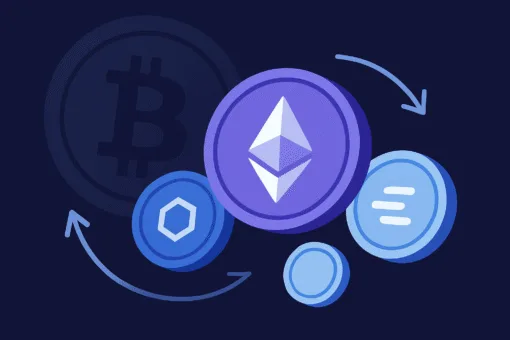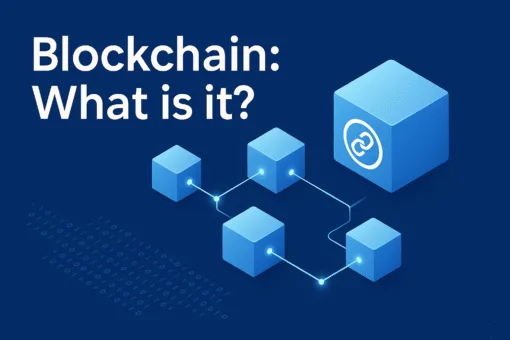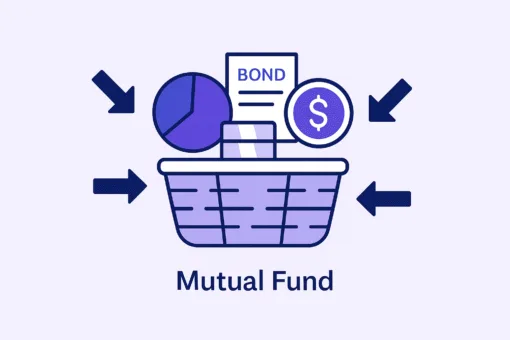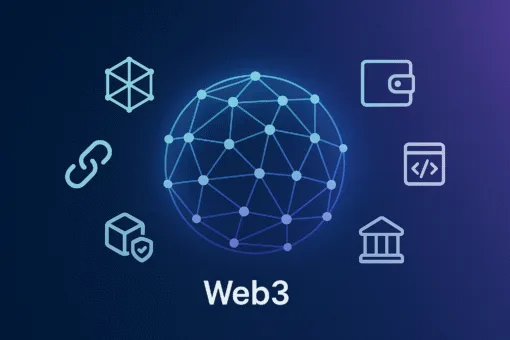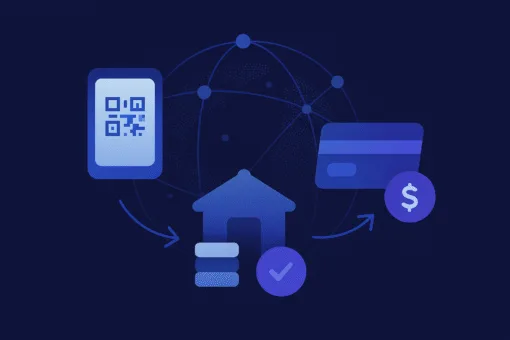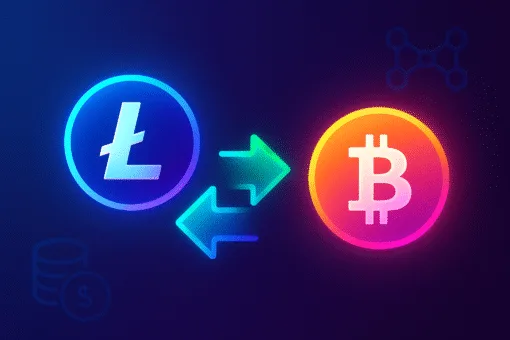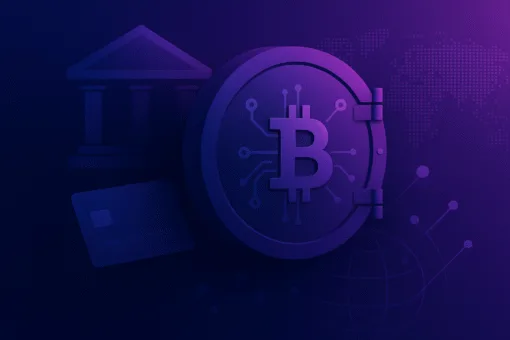Tencent is one of the most powerful and influential technology companies in the world, yet it rarely makes headlines in Western fintech media. While names like PayPal, Stripe, and Square often dominate conversations about payments innovation, Tencent has quietly built one of the most expansive and deeply embedded payment ecosystems on the planet through WeChat. Its influence spans e-commerce, gaming, social media, wealth management, and cross-border trade. In the landscape of embedded finance, Tencent is not just a player. It is an architect.
This review explores Tencent’s embedded payments ecosystem in detail. It examines the company’s product architecture, user reach, strategic moves, and broader implications for global fintech. With over one billion users interacting daily through WeChat, and a growing network of partners across Asia and beyond, Tencent’s model offers a glimpse into the future of contextual, invisible finance.
Origins: WeChat Pay and the Rise of Super Apps
Tencent’s journey into embedded payments began with a messaging app. In 2011, Tencent launched WeChat, a mobile chat application that quickly evolved into a super app. Within a few years, WeChat added features such as Moments (a social feed), official brand accounts, and eventually, a payments function called WeChat Pay.

The turning point came in 2014 when Tencent introduced red envelopes, a digital version of the Chinese tradition of giving cash gifts during Lunar New Year. The feature was simple but culturally resonant. Within days, millions of users were linking their bank accounts to WeChat to send and receive money. From that moment on, WeChat Pay became a cornerstone of the app and the gateway to a broader payments strategy.
By embedding payments into a social and utility-rich environment, Tencent made spending and money transfer as easy as sending a message. This model proved vastly more powerful than standalone apps. It integrated financial transactions into daily behavior.
Scale: A Billion-User Embedded Payments Ecosystem
As of 2025, Tencent’s WeChat Pay serves over 1.3 billion users globally. It processes trillions of dollars in transactions annually, mostly in mainland China, but increasingly in Southeast Asia and other regions.
The genius of Tencent’s embedded payments model lies in its frictionless integration.
-
Food delivery in mini-programs
Order food delivery through mini-programs and pay instantly.
-
Cinema tickets in chat
Buy cinema tickets within chat threads.
-
Split and request with a tap
Split bills or request payment with a tap.
-
Subscriptions, top-ups, and donations
Subscribe to services, top-up phone plans, or donate to causes.
-
Offline pay via QR or NFC
Pay offline via QR code or NFC in nearly every retail environment in China.
All of this happens without leaving the WeChat environment. No switching apps, logging in again, or clunky redirects. Payments become background infrastructure.
In addition, Tencent supports more than 10 million businesses through its mini-program platform. These are lightweight apps within WeChat that allow merchants to create stores, offer loyalty programs, run promotions, and accept payments directly. As a result, the merchant and consumer journeys are fully unified inside one ecosystem.
Business Model: Monetisation Through Data and Ecosystem Lock-In

Unlike Western payment processors that earn through merchant fees, Tencent’s revenue model focuses on user engagement, data insights, and ecosystem monetisation. The company charges minimal transaction fees for most consumer payments. Instead, it earns through:
- Commission on services offered in mini-programs
- Advertising based on purchase and behavioral data
- Financial services such as insurance, loans, and wealth management
- Enterprise SaaS tools for merchants and developers
Tencent’s digital bank, WeBank, provides credit and deposit services integrated natively into WeChat. Its fund management platform, Licaitong, allows users to invest surplus cash directly from their wallet. In this model, payments are the entry point to a broader financial relationship.
For Tencent, embedded payments are not a standalone revenue stream. They are a strategic layer that deepens user engagement and expands the monetisable surface of its platform.
Competitive Edge: Contextual Finance and Trust
Tencent’s greatest advantage is context. By operating at the intersection of social, commerce, and communication, it knows not just what users want to buy, but when and why.
This allows Tencent to offer hyper-personalised financial services. A user browsing travel content may receive insurance offers for the specific destination. A small merchant launching a new product may be offered micro-financing based on sales history within WeChat.
This model is powerful because it removes friction and creates trust. Users are not redirected to unfamiliar websites or asked to re-enter data. They are transacting in an environment they use every day.
Moreover, Tencent’s reputation for safety and reliability in China remains high. Its systems are built to handle massive loads, with redundancy, fraud protection, and speed that rival the best global tech platforms.
Expansion and Global Strategy

Tencent’s global footprint in embedded payments is growing, although more cautiously than some of its competitors. Rather than entering new markets directly, Tencent often forms partnerships or takes minority stakes in local fintechs.
Notable moves include:
- Investment in Gojek and Sea Group in Southeast Asia, both of which operate super apps with payment functions
- Stake in Airwallex, a cross-border payment and FX startup serving global SMEs
- Collaboration with PayPay in Japan, a QR-based wallet co-developed with SoftBank
- Strategic cooperation with Visa and Mastercard to extend WeChat Pay acceptance globally
These moves extend Tencent’s influence without regulatory friction. By backing local champions and offering backend infrastructure, Tencent becomes an embedded player behind the scenes.
However, Tencent has not aggressively expanded into Western markets in consumer-facing ways. Concerns around data privacy and geopolitical tensions limit its reach. Yet, in B2B infrastructure and partnerships, Tencent’s role is expanding. Its cloud services and financial APIs are increasingly offered to developers outside China.
Regulation and Risks

Tencent’s payment dominance has not escaped regulatory scrutiny. Chinese authorities have tightened rules around financial platforms, requiring clear separation between tech and finance arms.
In 2021, the People’s Bank of China imposed requirements for clearer licensing, anti-money laundering controls, and financial risk management. Tencent responded by restructuring its payments and wealth business under separate legal entities.
In 2023, Tencent also introduced a new data protection framework aligned with China’s Personal Information Protection Law, modeled in part on Europe’s GDPR. This has helped reassure users and regulators but has added layers of compliance complexity.
Outside of China, the main risks to Tencent’s payments expansion include:
- National firewalls limiting Chinese fintech infrastructure
- Political scrutiny in Western markets
- Competition from local super apps and payment rails
- Currency and cross-border settlement challenges
Despite these challenges, Tencent’s compliance-first approach, partnership strategy, and modular infrastructure position it well to adapt.
Lessons for Global Fintech
Tencent’s embedded payments playbook for designers, banks, and platforms
-
Context beats channel
Rather than pulling users into a banking app, Tencent brings financial features into social and commercial moments. The result is seamlessness and stronger engagement.
-
Start with behaviour, not products
Tencent understood that users chat, shop, and move money in micro-moments. By building around these moments, it created a utility-first financial model.
-
Keep users in the flow
Redirects and multi-step processes reduce conversion. Tencent’s embedded payments remain in the same user journey as the originating activity.
-
Monetise relationships, not transactions
By minimising friction and maximising insight, Tencent develops monetisable relationships across lending, investing, and services.
-
Data powers personalisation
Every interaction enriches Tencent’s ability to offer smarter, more timely financial products.
-
Trust is foundational
Tencent has maintained a perception of reliability in its payments scheme. Transparent interfaces, secure login, and dependable support all contribute.
The WeChat Wallet Interface: A UX Deep Dive

Tencent’s WeChat Wallet is deceptively simple. It is not branded as a separate app, but embedded as a tab in WeChat. It opens into a clean screen with:
- Balance and linked accounts
- Quick actions such as Send, Receive, Top-Up, and Withdraw
- Modules including Cards, Transit, Bills, Mini Loans, and Investments
- A scrollable carousel of partner offers or promotions
What stands out is how little friction there is. A user can scan a merchant’s QR code, confirm payment, and receive a receipt in less than three taps. The interface is quiet, fast, and never overloaded. Financial language is minimal. Everything feels like messaging rather than banking.
This is embedded finance at its finest: invisible, trusted, and useful.
The Future of Tencent’s Payments Empire
As embedded finance becomes the norm in both consumer and enterprise applications, Tencent’s early bets give it an enviable lead.
Several future developments are likely.
- Greater cross-border reach, especially as RMB becomes more globally accepted
- Integration with central bank digital currencies (CBDCs), particularly in Asia-Pacific
- Enterprise payments infrastructure, including treasury tools and real-time FX via APIs
- Personalised credit and wealth services using dynamic AI-driven recommendations
- Deeper vertical integration in education, healthcare, and mobility where WeChat already plays a key role
Tencent may never dominate the West in consumer payments. But it could become a critical backend player. Just as AWS powers thousands of apps invisibly, Tencent’s embedded payments stack may quietly support the future of global transactions.
Final Verdict

Tencent is a masterclass in embedded finance done right. It has scaled an integrated, user-centric, and commercially powerful payments ecosystem that spans billions of transactions every day. While its influence is strongest in China, its strategic investments and infrastructure play are expanding globally.
Tencent’s model prioritises context over channel, utility over branding, and trust over hype. In doing so, it redefines what a payments company can be. Not a processor, but an orchestrator of value.
For fintech builders, Tencent is not a blueprint to copy directly. It is a reminder that the future of payments is not found in apps alone. It is embedded into moments. Tencent, the quiet giant, has been building that future for over a decade.
